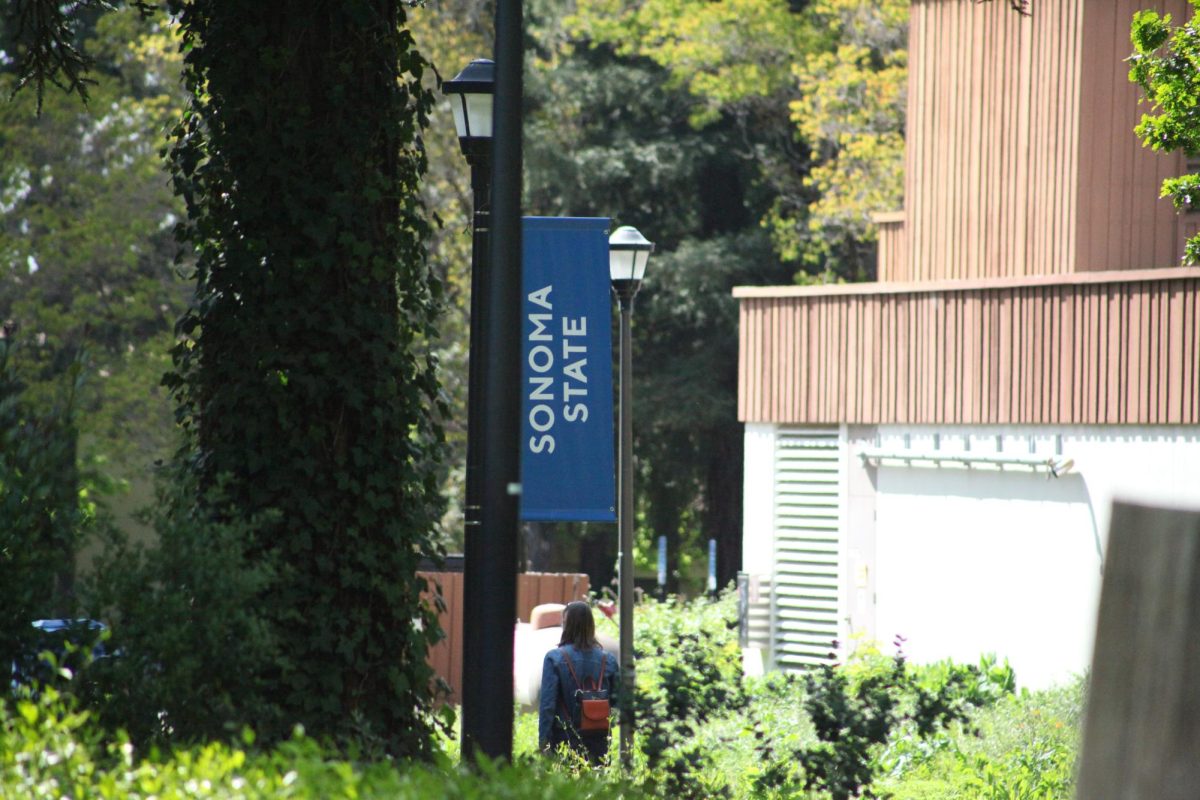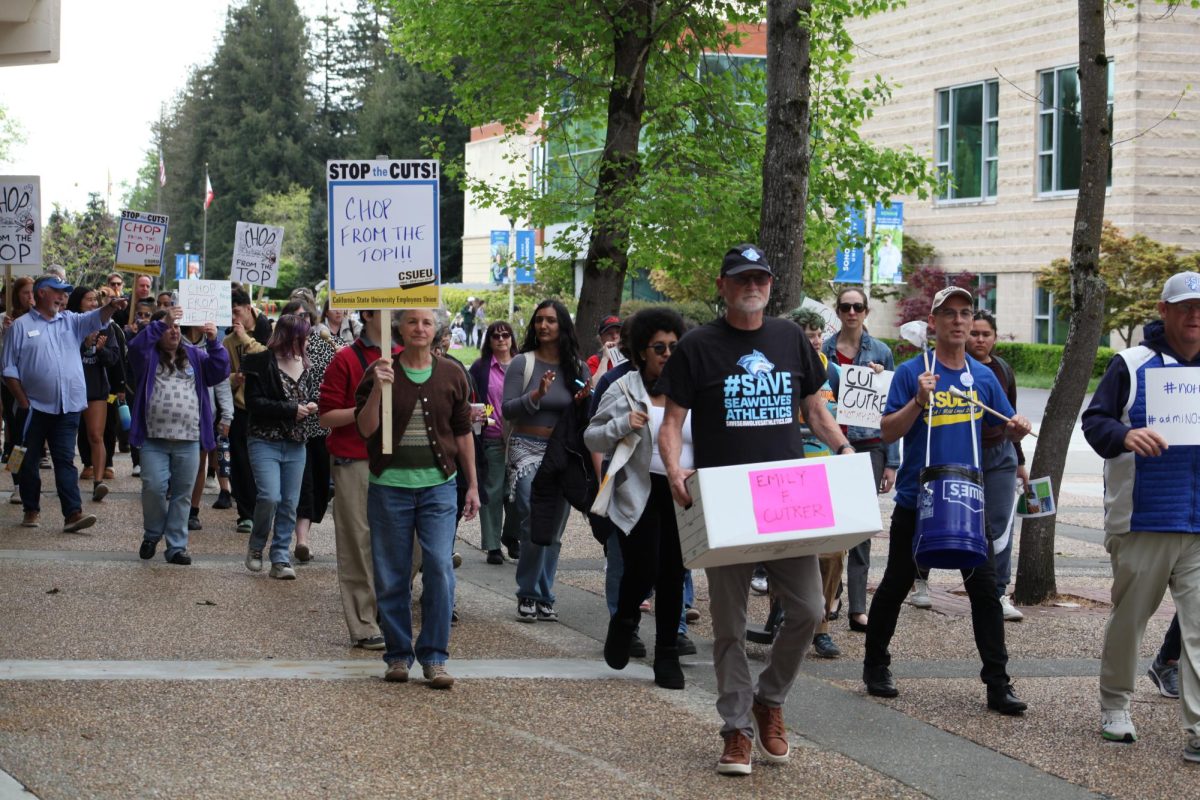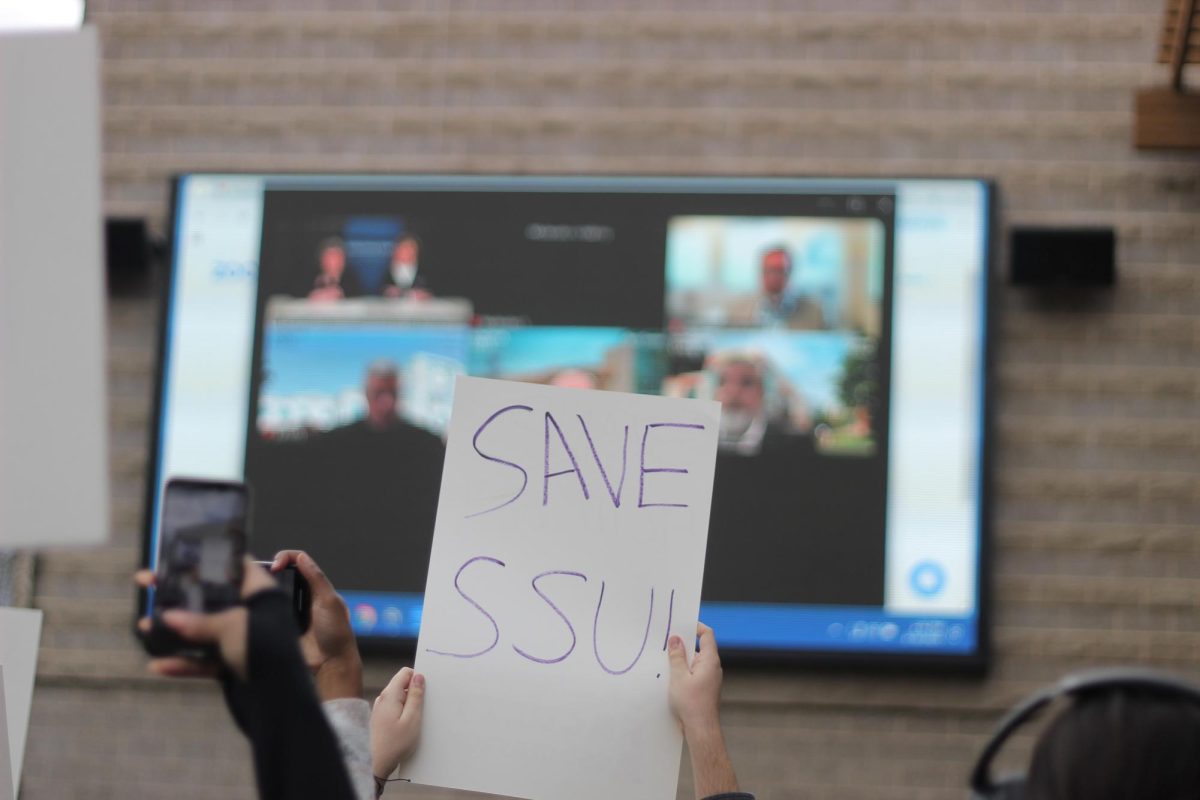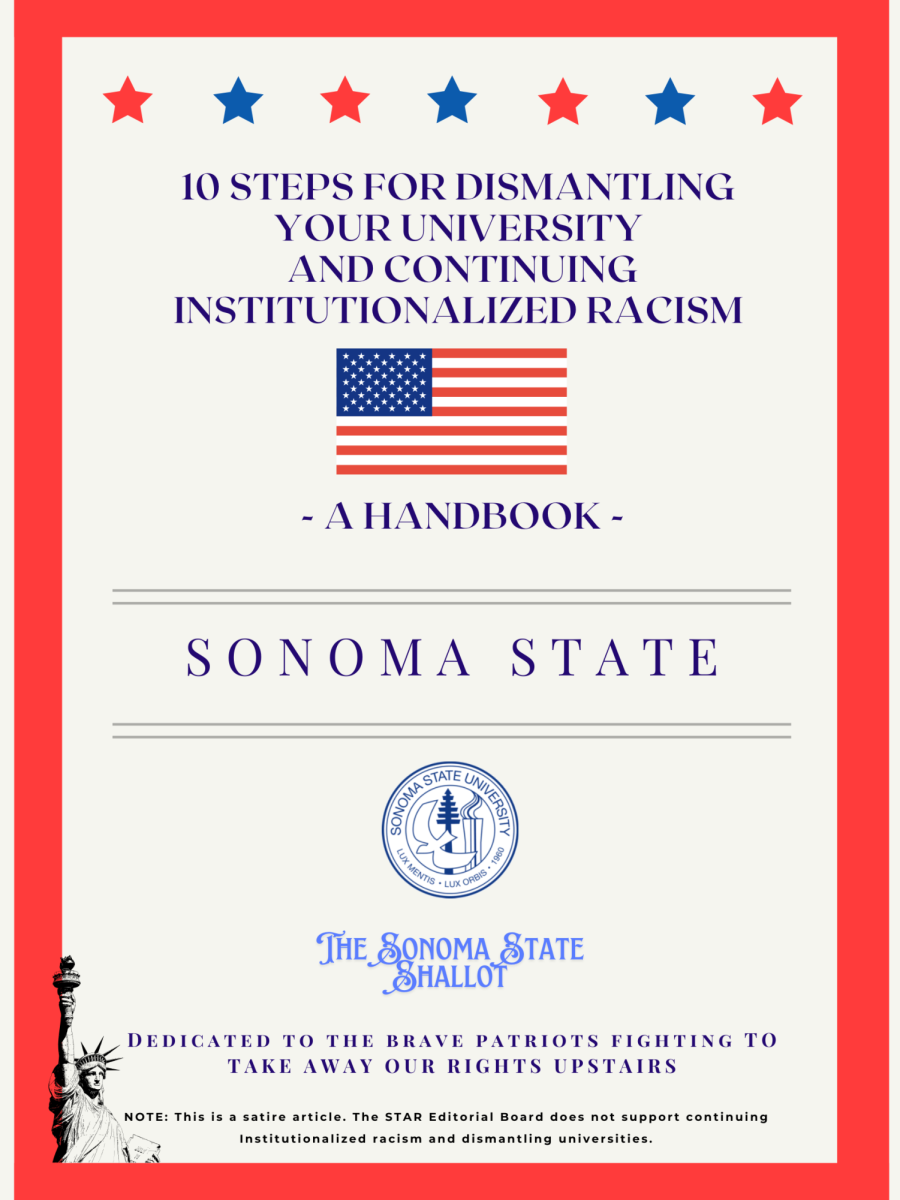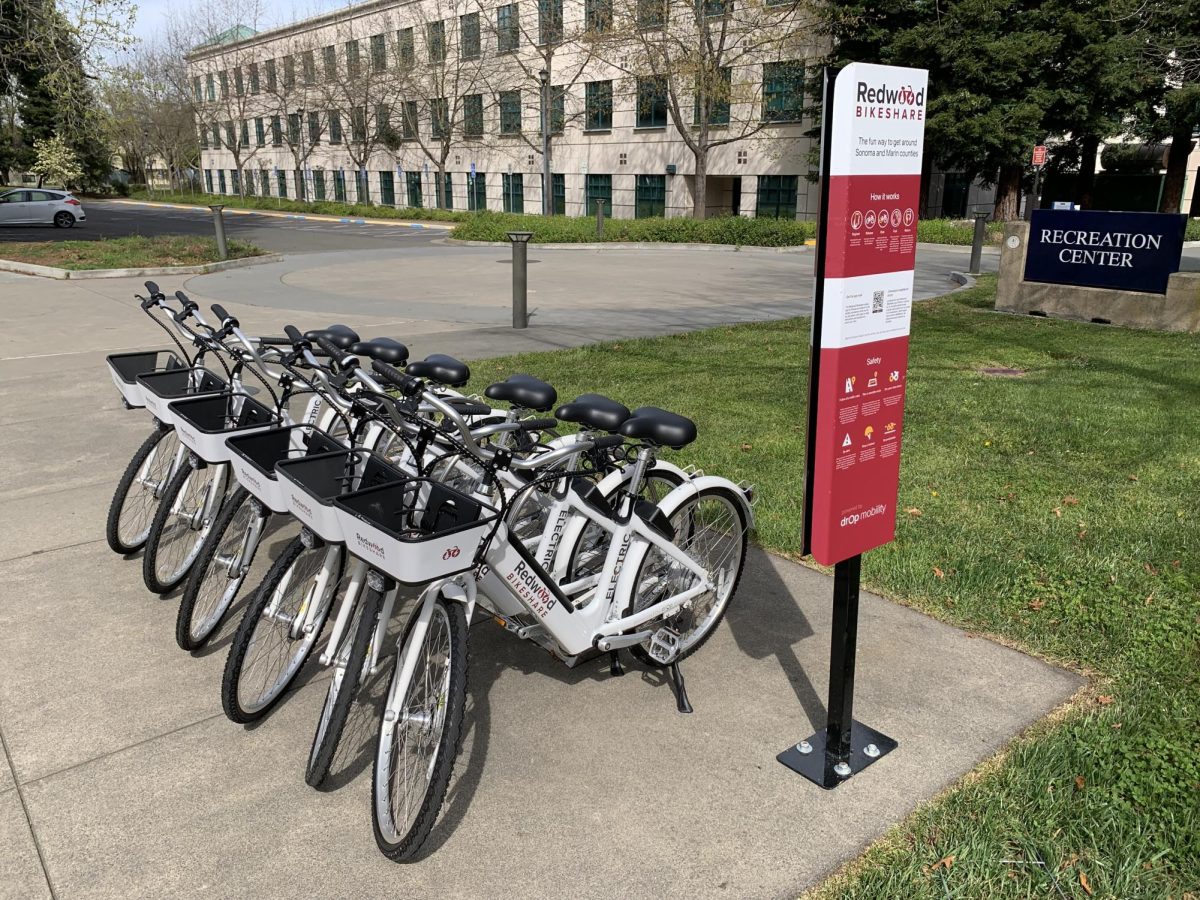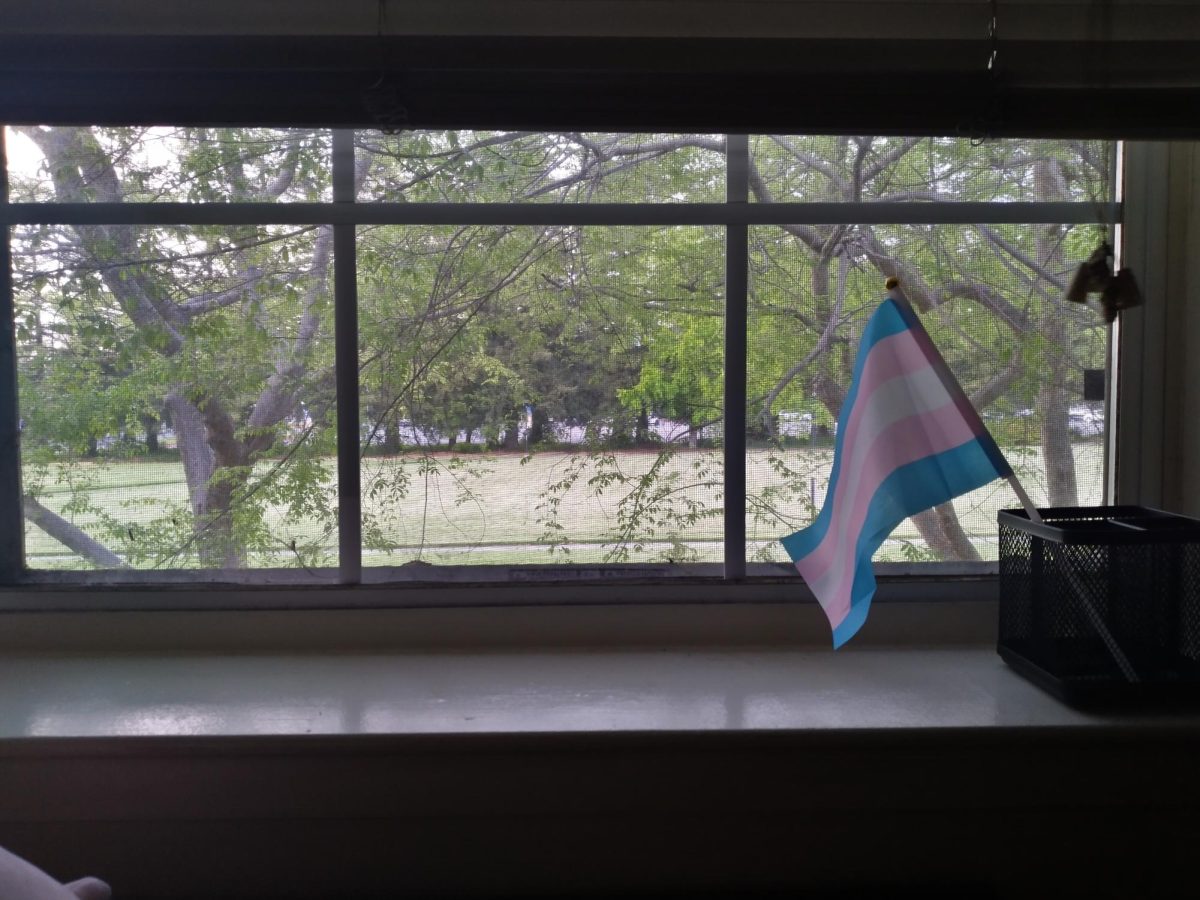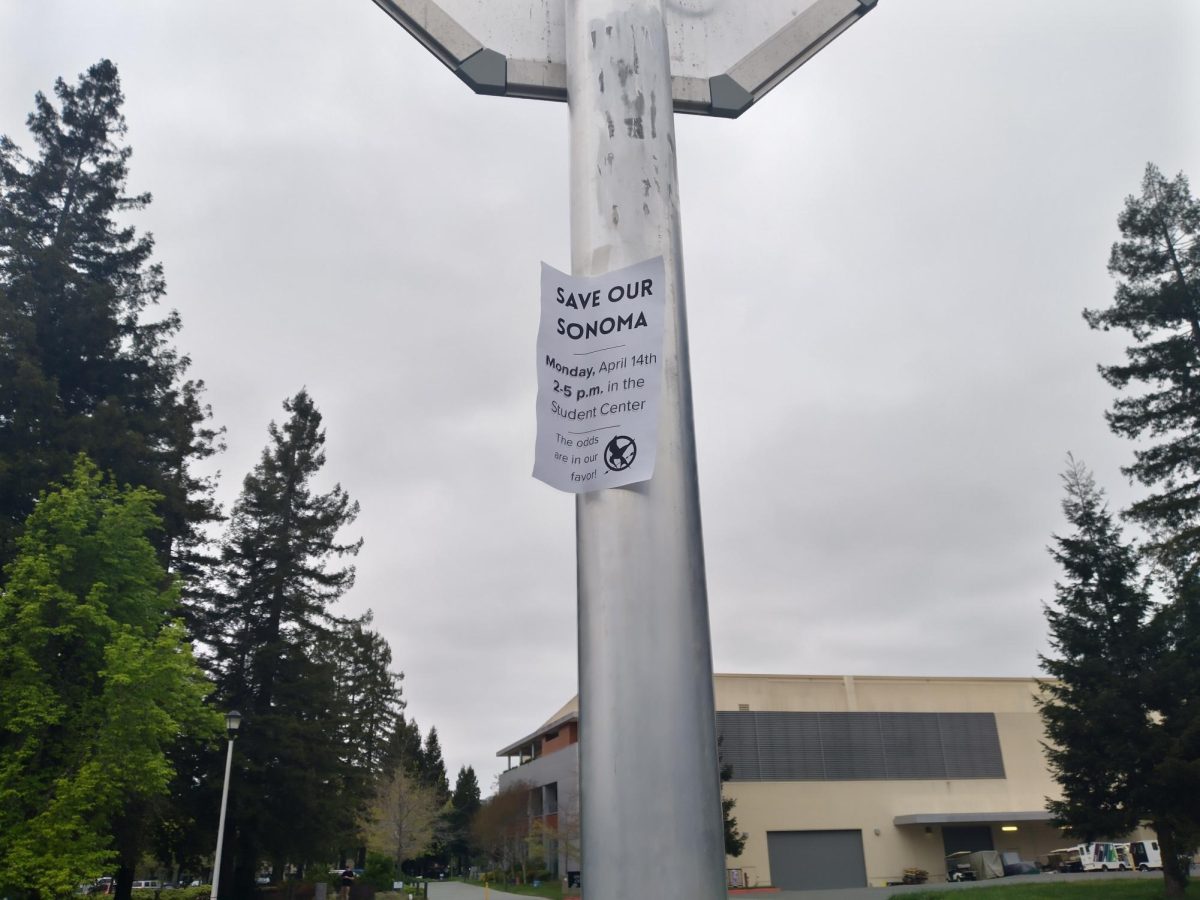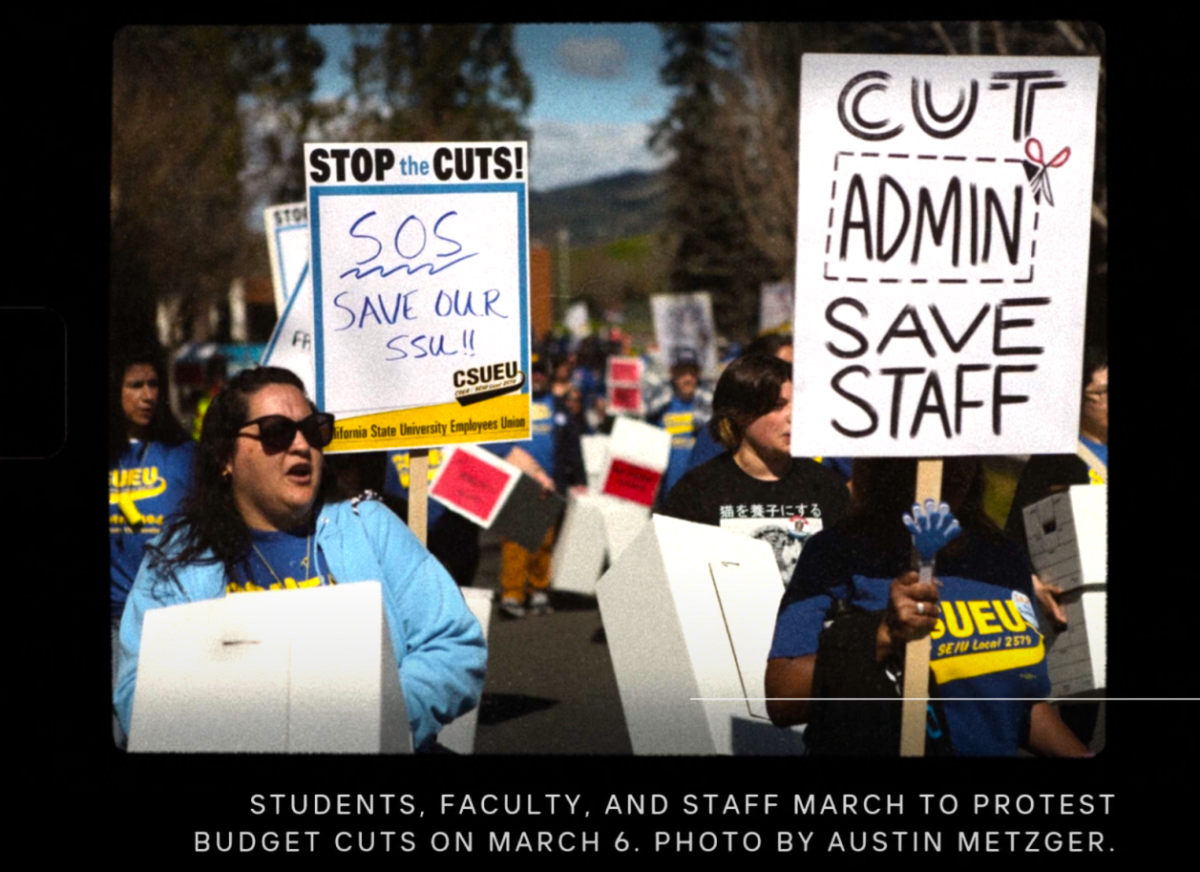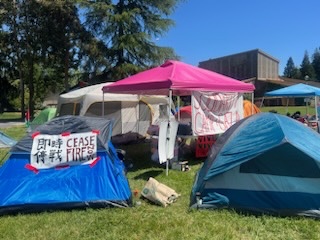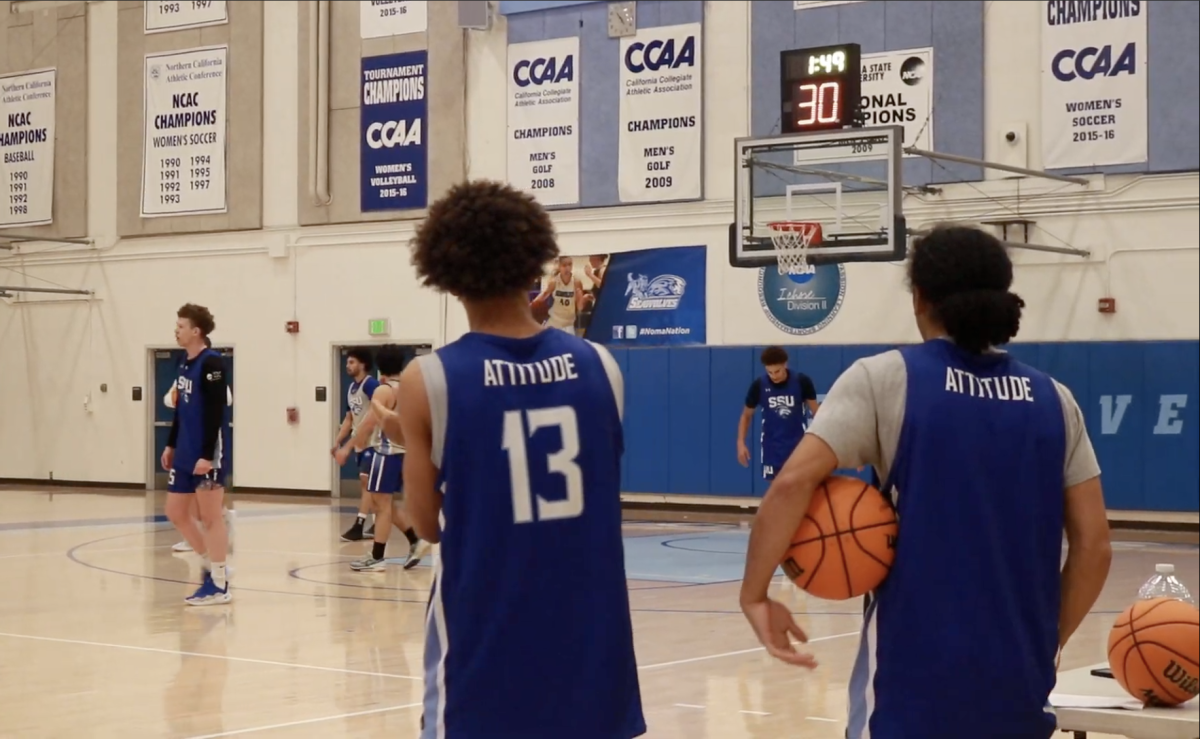The California Faculty Association released the first installment of the paper series, “Race to the Bottom,” on March 3. The first release, “Race to the Bottom: The CSU’s Failure to Fund its Core Mission,” illustrates how the California State University has flatlined its funding for faculty over the past 10 years, despite economic fluctuation.
Research conducted by the California Faculty Association reveals that given the same economic environment, other institutions of higher learning in California such as the University of California system, as well as California community colleges, produced different results in faculty salary by adjusting for inflation.
“Even though students are paying more in tuition, faculty salaries stayed flat,” said Elaine Newman, California Faculty Association chapter president for Sonoma State and professor of mathematics and statistics. “Faculty salaries have been flat for most of the decade, when you take into account inflation, faculty have lost ground. At Sonoma State, average faculty buying power has decreased by $9,481 (adjusted for inflation) since 2004. This is a serious pay cut.”
Such a loss in purchasing power to this degree, is especially critical for California State University part-time instructors. As of the 2013-14 academic year, the California State University system employs more part-time instructors than full-time faculty. This statistic produces several consequences, in particular, the effect that having a part-time faculty majority has on students.
In the report, the California Faculty Association insists faculty working conditions are students learning conditions. Part-time instructors are often forced to fill multiple teaching positions at different universities to financially support themselves and their families. It’s through the inherent relationship between instructors and students that the failure to fund faculty becomes a student problem.
The more time instructors spend commuting and balance second jobs, the less time they can devote to their students. This affects the accessibility students have to professors, and ultimately education. The lack of support conflicts with core mission of the California State University, an institution created to be an accessible place of higher learning.
“You would think the more work you have to do, the more you will be compensated,” said Cheyenne Aldridge, psychology and women’s and gender studies major, California Faculty Association intern, and co-coordinator of Students for Quality Education. “This is not the case for certain professors at Sonoma State. With the cost of living, no one wants to be uncredited for work they do. Every penny counts.”
Lack of educational funding is not a new issue, nor is it specific to the California State University. However, the first installment of the “Race to the Bottom” discloses that the failure to fund faculty is unique to the California State University system. As illustrated in the report, professors at UC San Francisco saw a salary increase of $16,138 by adjusting for inflation, while San Francisco State University faculty salary lost $9,748 by not adjusting for inflation, despite living with similar budgetary factors. The California Faculty Association believes this difference in funding is the result of different priorities and choices from university administration.
“Administrators at other colleges had to deal with the same recession—they made different decisions,” said Newman. “They failed to focus on our core mission which included reduced access and higher tuition for students, and a failure to invest in salaries for faculty, the people who provide that education.”
A failure to fund faculty holds implications on the value administration places in the learning environment they cultivate. The matter of supporting oneself with such a salary have perspective teaching professionals worried.
“You’d really have to have a love for teaching,” said fourth-year Hutchins student, Marykate Kelly. “With less money for funding and more students in the classroom, it’s hard to support the kids you teach as well as yourself. It could be easy to lose the motivation and passion for teaching.”
The California Faculty Association recognizes many of this budgetary decisions were made by the previous California State University administration, but they implore Chancellor Timothy White to make good on this promise of data-driven decision-making to improve faculty working conditions and cultivate student success. The second paper of “Race to the Bottom” comes out March 24.




